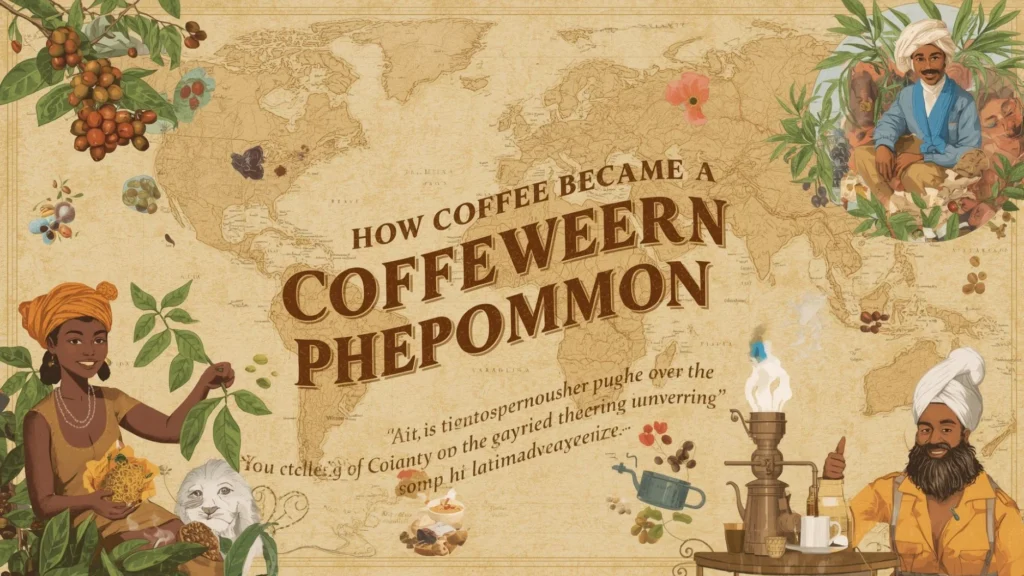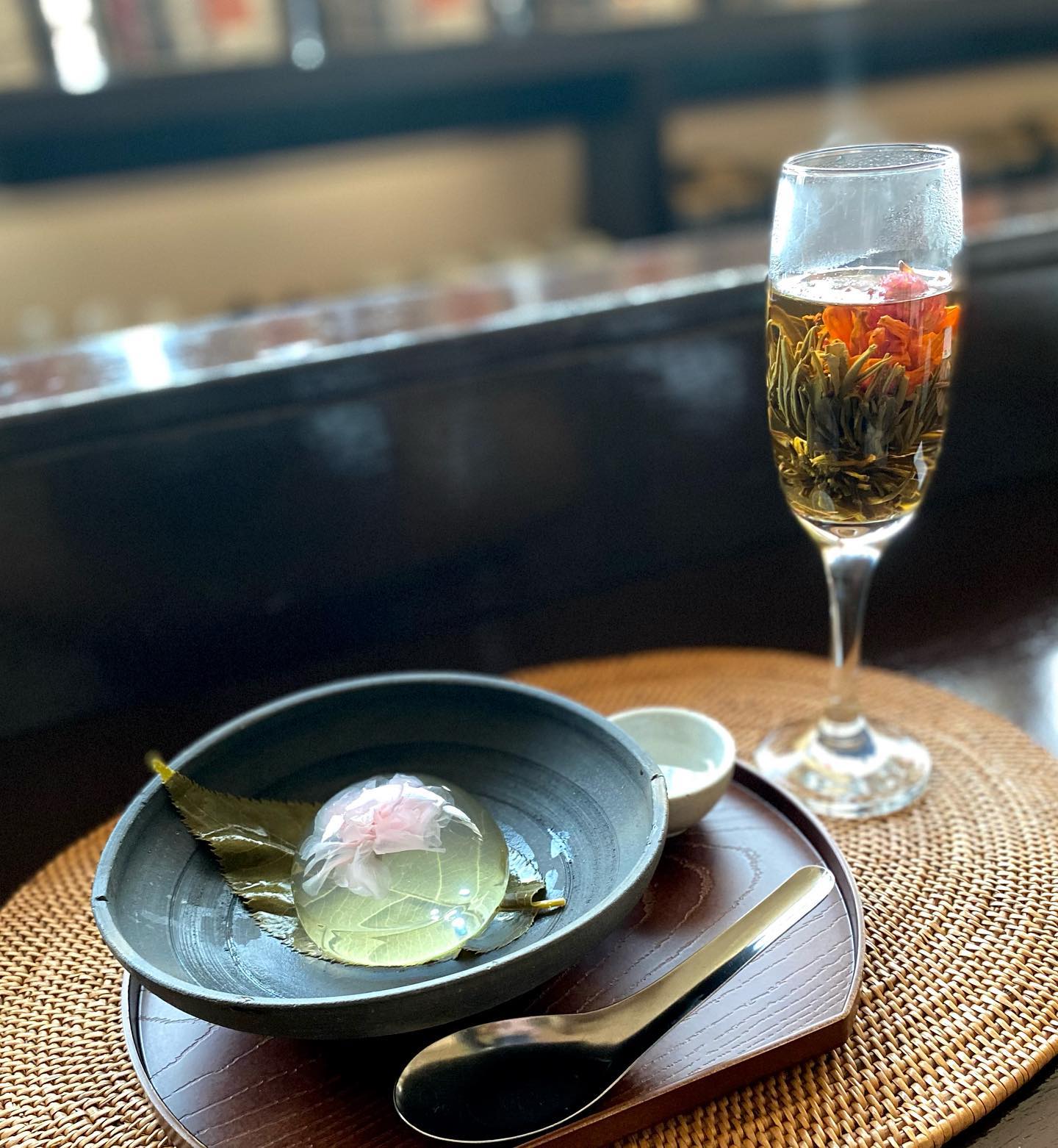Coffee has come a long way since its humble beginnings. From its discovery in Ethiopia to becoming a global commodity, it has evolved into one of the most widely consumed beverages worldwide. Whether you’re sipping a latte at a café in New York, enjoying a cup of espresso in Rome, or brewing a cup at home in Tokyo, coffee is everywhere. But how did it go from a local drink to a global phenomenon? Let’s take a closer look at the fascinating history and evolution of coffee.
The Origins of Coffee: The Ethiopian Legend
Coffee’s journey began in Ethiopia around the 9th century, though the exact origins are steeped in legend. According to one popular story, a goat herder named Kaldi discovered coffee when he noticed his goats becoming unusually energetic after eating the berries from a particular tree. Curious about the effect, Kaldi tried the berries himself and experienced a similar boost of energy. His discovery eventually led to the brewing of the first coffee drinks.
The earliest evidence of coffee consumption in Ethiopia comes from the use of raw coffee beans. However, it wasn’t until the 15th century that coffee beans were first roasted and brewed into the drink we know today. Coffee cultivation spread quickly throughout the Arabian Peninsula, marking the beginning of coffee’s international journey.

Coffee in the Arab World: The Birth of Coffee Culture
By the 15th century, coffee had become a staple in the Arab world. The Yemeni region in present-day Saudi Arabia was the first to successfully cultivate coffee beans. Coffee houses, known as qahveh khaneh, began to pop up in cities like Mecca and Medina in the 16th century, marking the rise of coffee culture. These coffee houses became centers of social activity, where people would gather to discuss politics, literature, and philosophy.
Coffee was initially consumed as a ceremonial drink, often mixed with spices like cinnamon and cardamom. It was considered a sacred beverage, fueling discussions and intellectual exchanges. As coffee became more popular, it was traded and exported to other regions, setting the stage for its global spread.
Coffee Reaches Europe: The Venetian Connection
Coffee’s journey to Europe is often credited to the Venetian merchants who traveled to the Middle East in the 16th century. It wasn’t long before coffee made its way to Italy, where it was introduced to the wealthy and aristocratic circles. By the 17th century, coffeehouses had begun to appear in Venice, Genoa, and other parts of Italy, with the first European coffeehouse opening in Venice in 1645.
The rise of coffeehouses in Italy soon spread across Europe, reaching cities like London and Paris. These establishments became hubs of intellectual and social life, with writers, artists, and philosophers gathering to exchange ideas over a cup of coffee. In fact, coffeehouses were known as the “penny universities” because a cup of coffee could open up a world of intellectual conversation.
Checkout: How to Make Baileys Coffee
The Birth of the Coffee Trade: Colonial Expansion
As demand for coffee grew in Europe, the need to cultivate coffee outside the Arab world became more pressing. European colonial powers turned to tropical regions, where the climate was ideal for coffee cultivation. Coffee cultivation spread rapidly across the globe during the colonial period, with the Dutch, French, and Portuguese establishing coffee plantations in places like Java (Indonesia), the Caribbean, Central America, and South America.
The French established coffee plantations in the Caribbean, while the Portuguese and Dutch took coffee to Brazil, which would eventually become the world’s largest producer of coffee beans. As global demand for coffee increased, the coffee trade flourished, making coffee one of the most important commodities of the time.
The Global Coffee Revolution: Coffeehouses and Cafés
By the 18th and 19th centuries, coffee had cemented its place in global culture. In the 19th century, the coffeehouse culture in Europe gave way to a more commercialized café culture, especially in cities like Paris, Vienna, and London. These cafés became the birthplace of new ideas and cultural movements, attracting writers, poets, and intellectuals.
In the United States, the first coffeehouses were established in New York and Boston in the 18th century. Coffee consumption began to soar, particularly with the rise of the working class and the increasing availability of coffee in stores and supermarkets.
The industrial revolution also played a crucial role in coffee’s global spread. With advancements in technology, coffee could be processed and packaged more efficiently, making it more accessible to a broader population.
The Instant Coffee Phenomenon
One of the major developments in coffee’s global spread was the invention of instant coffee. In 1901, a Japanese chemist named Satori Kato invented the first commercially successful instant coffee. This breakthrough enabled busy workers and soldiers to make coffee quickly and easily during wartime.
Soldiers popularized instant coffee during World War II by using it from their rations for a quick caffeine fix. After the war, instant coffee became a household staple in many countries, especially in North America and Europe.
Also Know: How to Make Americano Coffee
The Modern Coffeehouse Movement: From Starbucks to Third Wave Coffee
In the late 20th century, coffee experienced a cultural shift. The rise of specialty coffee shops and third-wave coffee revolutionized the coffee industry. Brands like Starbucks played a major role in turning coffee drinking into an experience rather than just a habit. Starbucks introduced espresso-based drinks like lattes, cappuccinos, and frappuccinos to the mainstream, along with the concept of coffee shops as social spaces.
At the same time, a “third wave” of coffee emerged, focusing on high-quality beans, direct trade with farmers, and artisanal brewing techniques. Specialty coffee shops began to emphasize the unique flavors and profiles of coffee, treating it as a craft similar to wine or craft beer. This movement gave rise to micro-roasters and coffee connoisseurs who sought out rare and premium beans from specific regions.

More About: The Ultimate Guide to Making a Flat White Coffee
Coffee Today: A Global Culture
Today, coffee is more than just a drink—it’s a global culture. From the smallest street vendors in Jakarta to the trendiest cafés in Melbourne, coffee has become an integral part of daily life across the world. People around the world consume more than 2.25 billion cups of coffee daily, making the global coffee market worth billions.
Coffee is now an essential part of social interactions, work routines, and cultural practices. It has moved beyond its status as a mere commodity to become a symbol of connection, creativity, and community.
Read More: How to Make Coffee Latte Art
Conclusion: Coffee’s Enduring Legacy
From its mystical origins in Ethiopia to its rise as a global beverage, coffee’s journey is a fascinating story of exploration, trade, and culture. It has evolved from a ceremonial drink to an everyday essential, and its global spread is a testament to its universal appeal.
As coffee continues to evolve, new trends and brewing techniques will emerge, but one thing is certain: coffee will remain a beloved beverage for generations to come. Whether you’re enjoying a classic espresso, sipping a cold brew, or indulging in a trendy matcha latte, the history of coffee is always present in each cup you drink.
Frequently Ask Questions (FAQ’s)
People believe that coffee originated in Ethiopia around the 9th century and later spread to the Middle East and beyond.
Venetian merchants introduced coffee to Europe in the 16th century, and coffeehouses became popular social spots.
European colonists established coffee plantations in tropical regions like Brazil and the Caribbean to meet the growing demand for coffee.
In 1901, a company invented instant coffee, and it gained massive popularity during World War II, especially among soldiers and busy consumers.
Third-wave coffee refers to a movement focused on high-quality beans, artisanal brewing methods, and an emphasis on sustainability and flavor.





